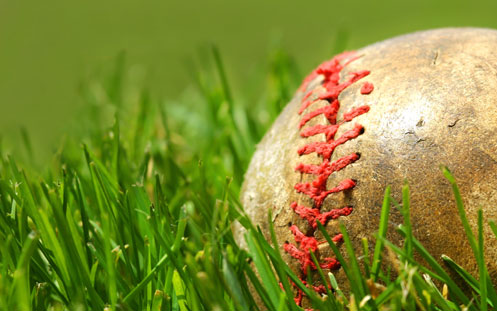The "Quality Start" is gaining popularity as a category in custom leagues, either in addition to, or even in place of Wins. Custom leagues setup on sites like ESPN or Yahoo! will include QS in the projections specific to your league, but not many of the widely popular projection systems include QS.
So for those that don't put as much stock into the hosting site projections and/or like to build their own spreadsheets to manipulate the data on their own, here is a simple formula (drawn from the 329 "qualified starters" during 2006-2009) that will give you a nice idea of how many QS to project.
xQS = GS * (.4650115 - (ERA * .0872381) + ((IP/GS) * .0746775))
This obviously depends on your confidence in the ERA projection you are using, but assuming you are comfortable with those, this formula will be a fairly decent indicator of the # of QS you can project, with an 83% correlation coefficient and a .69 R² using multiple regression analysis.
Here are a couple of random 2010 examples using some projections available on
FanGraphs as well as my own.
Roy Halladay (Bill James) - 33 GS, 240 IP, 3.23 ERA - projected 24 xQS
Roy Halladay (CHONE) - 30 GS, 218 IP, 3.22 ERA - projected 22 xQS
Roy Halladay (FJ) - 32 GS, 237 IP, 3.29 ERA - 23 QS
Aaron Harang (Bill James) - 32 GS, 211 IP, 4.18 ERA - projected 19 xQS
Aaron Harang (CHONE) - 28 GS, 182 IP, 4.10 ERA - projected 17 xQS
Aaron Harang (FJ) - 30 GS, 206 IP, 4.11 ERA - 17 QS
Jon Lester (Bill James) - 31 GS, 206 IP, 3.84 - projected 19 xQS
Jon Lester (CHONE) - 30 GS, 181 IP, 3.63 - projected 18 xQS
Jon Lester (FJ) - 32 GS, 185 IP, 3.79 ERA - 19 QS
In general, over 30 starts, each +/- .38 in projected ERA and/or +/- in projected 13.33 IP should change your QS projection by 1.







